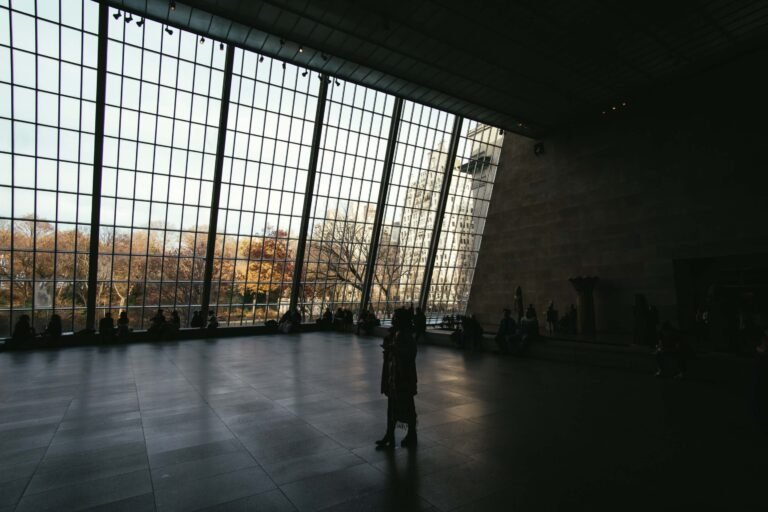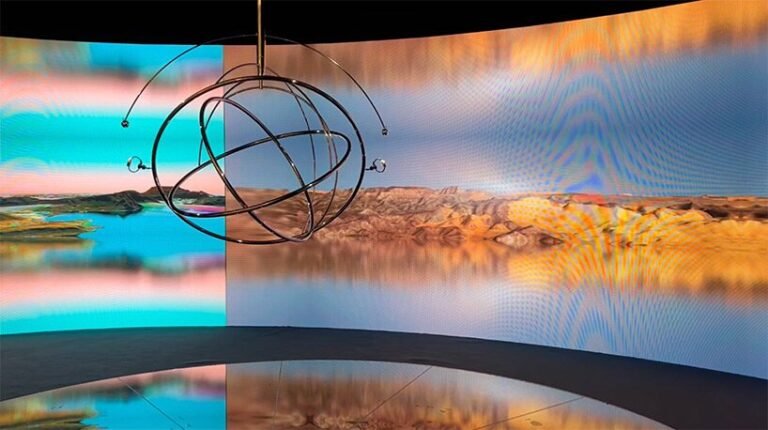Facades+ will highlight Washington, D.C.’s most impressive envelopes on February 14
Facades+ will return to Washington, D.C. for the first time in two years on February 14. The conference will bring a full-day program to the city for the first time; it will be co-chaired by Eric Feiss, a principal at GWWO Architects. Spanning from federal government projects to Washington’s first mass timber construction, the program will cover the most innovative and high-performing projects the DMV has to offer.
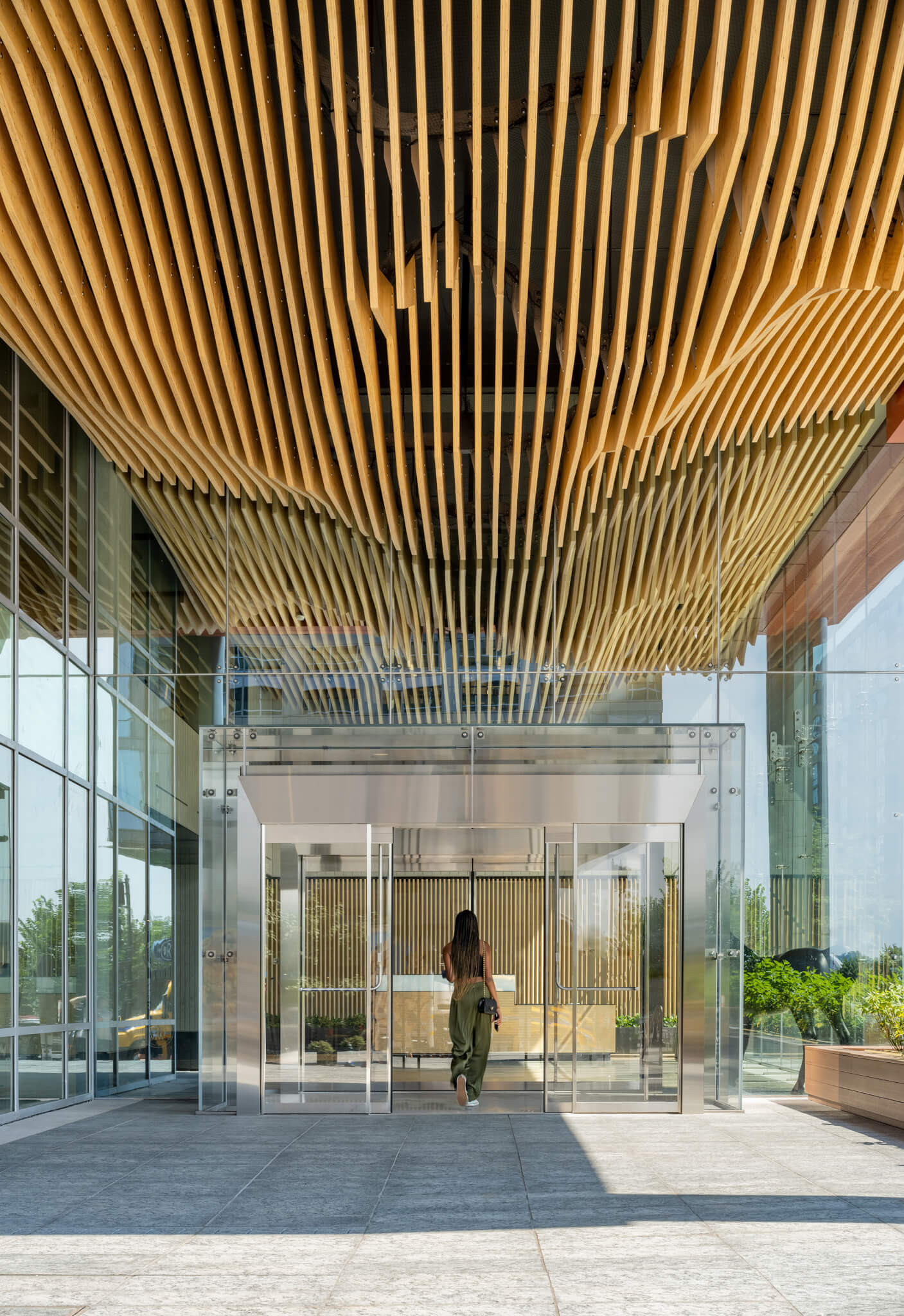
Over, Under, and Thru: Adaptive Reuse and Building Envelope Innovations
The morning will kick-off with a focus on Washington’s early, but growing, mass timber scene. Jason Wright, a senior associate at Hickok Cole, and Lauren Wingo, a structural engineer at Arup, will present the adaptive reuse of 80 M Street. By opting for a mass timber overbuild—the first on a high-rise in North America—the design team was able to avoid demolishing the existing structure of 80 M Street while keeping within the city’s restrictive building code. Rounding out the panel, Juan Villafañe and Mariusz Klemens, partner and associate principal, respectively, at Krueck Sexton Partners, will present on the reuse of International Square. Krueck Sexton has opened the site’ original brutalist building to the streetfront, and adapted the interior courtyard—a food hall—to be cooled through natural ventilation. Villafañe and Klemens’ presentation will focus on technical aspects of the building’s heating and cooling, offering solutions to envelope adaptations.
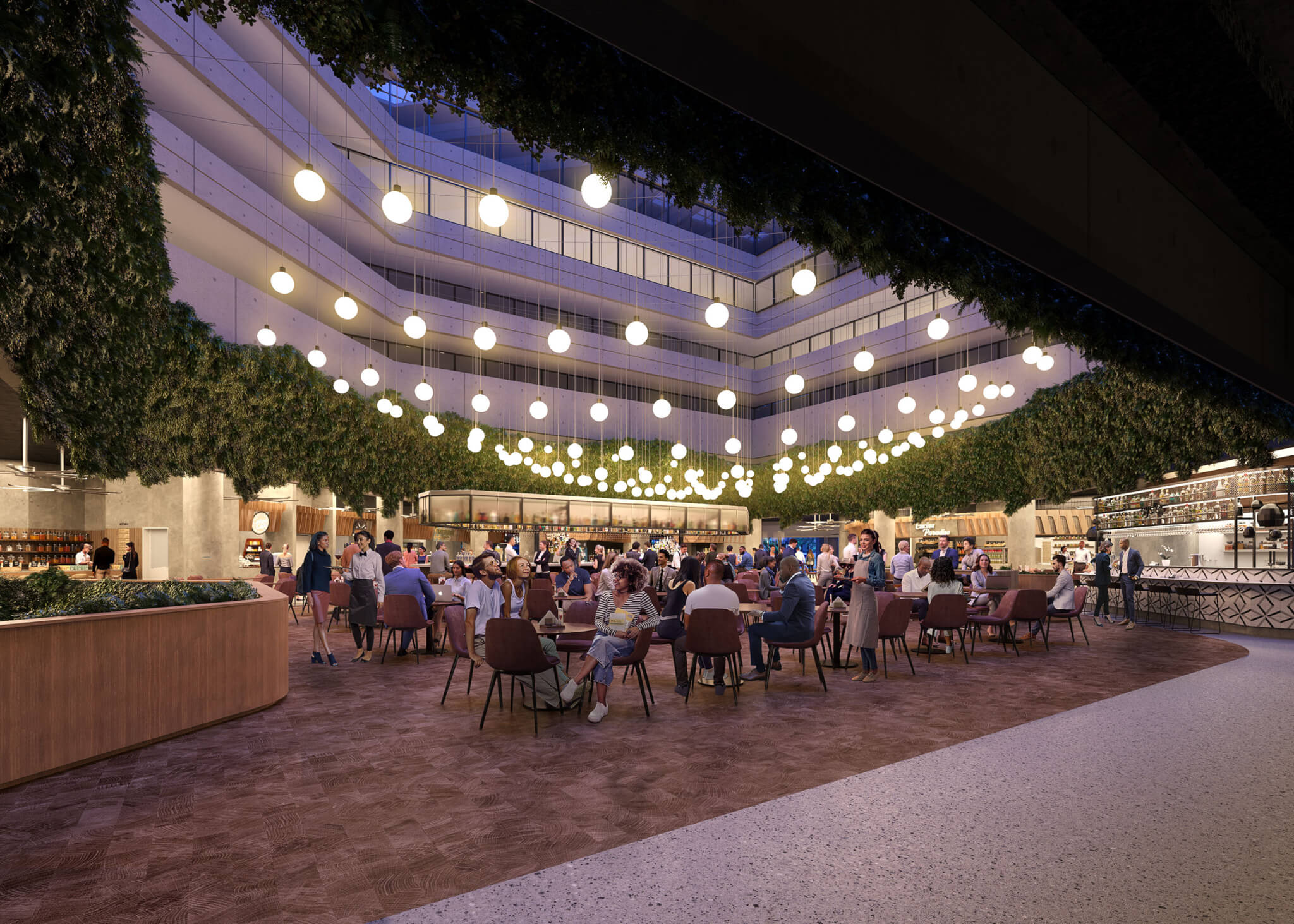
Craft, Vigor, and Openness: The Norwegian Embassy’s Stone, Copper, and Timber Envelope
Fentress Architects’ approach to the Norwegian Embassy Renovation featured patinated copper cladding over a mass timber frame, constructed with Norwegian spruce. Principal Steve White and associate principal Laura Grafel will show their work on the embassy’s Royal Norwegian Chancery, telling the story of a design inspired by Norway’s natural resources that bridges the existing structures and additions through the facade. The envelope is complete with a glazed curtain wall that maximizes daylight, with the revocation at large making a visual mark for the embassy located in a residential neighborhood.

Renewing Altmeyer: High Performance Building Strategies for Midcentury Retrofits
As retrofits, particularly of midcentury and modernist buildings, continue to be a topic of increasing importance amid greening building code requirements, the team behind the retrofit of the Arthur J. Altmeyer Social Security Administration Building will present their successful approach to this 205,400-square-foot office building. Snow Kreilich senior associate Doug Gerlach will be joined by HGA mechanical engineer Sara Berseth and engineering department leader Ed Clements in a discussion that will highlight the approach to an entirely-new building envelope. With a reprogrammed interior, new mechanical, electric, and plumbing systems, and enhanced thermal comfort, the Altmeyer Building serves as a case study on how federal buildings can be retrofit without demolition, conserving materials and cost.
Extreme Design: Contextual Facades in Focus
Co-chairs GWWO Architects will present the unique envelope story behind the Pikes Peak Summit Visitor Center. At an elevation of 14,115 feet, the facade was designed to give the effect of being carved out of the mountain itself. In spite of the challenges of occupant comfort in an extreme environment, the design team was able to meet Living Building Challenge standards on the building, and will share their path to a successful envelope.
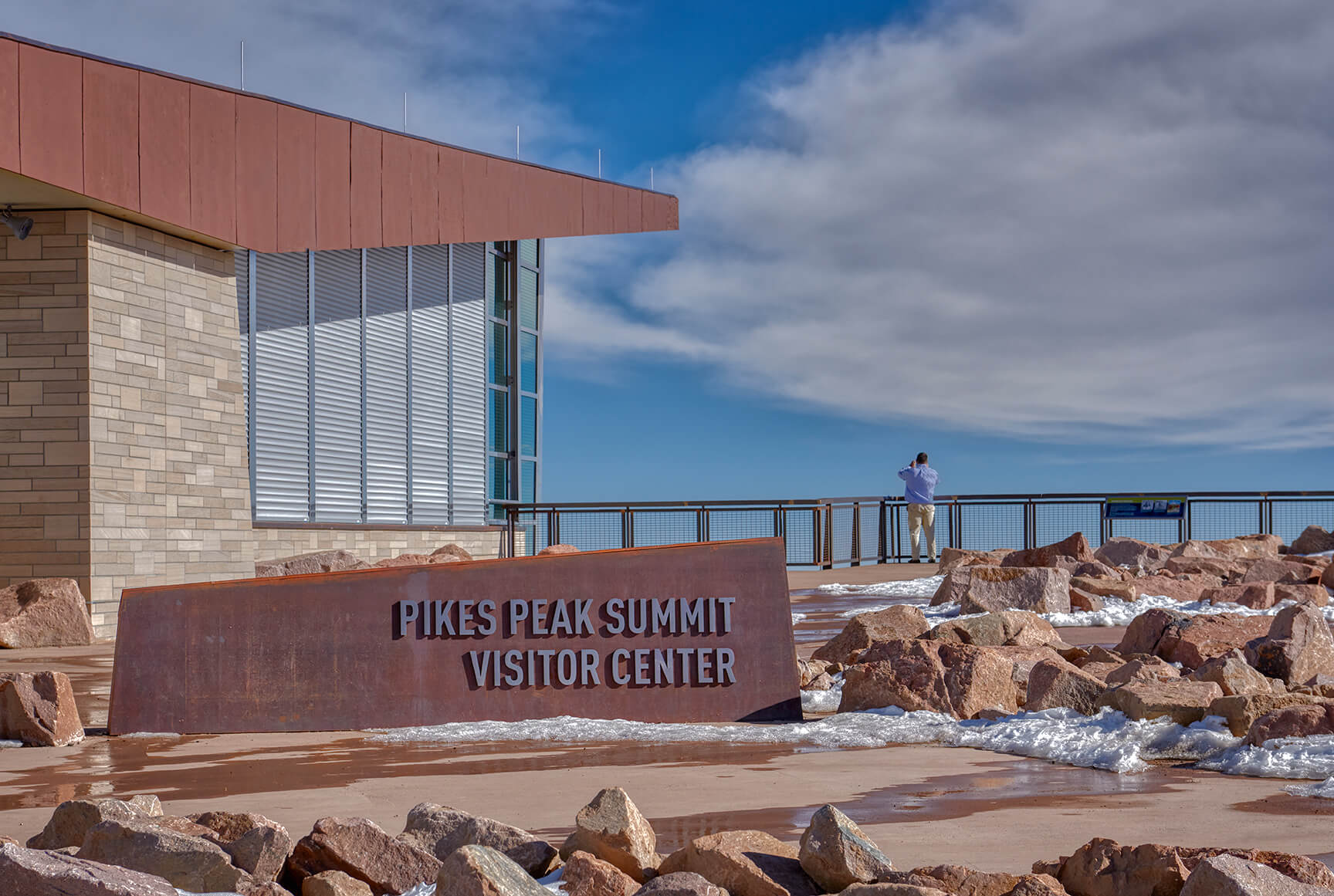
Sustainable Public Spaces: Mass Timber and Net-Zero Energy Facade Strategies
The program will finish with a presentation on two projects that highlight the climate-driven designs being pursued by architects in Washington. Perkins&Will design director Carl Knutson and technical director Joshua Rubin will present their work on the Southwest D.C. Library, a mass timber building whose opaque envelope welcomes the public into a new civic building. The panel will be completed with a presentation from Nicholas Williams, a principal at Ashley McGraw Architects, who will focus on design strategies for net-zero envelopes.


